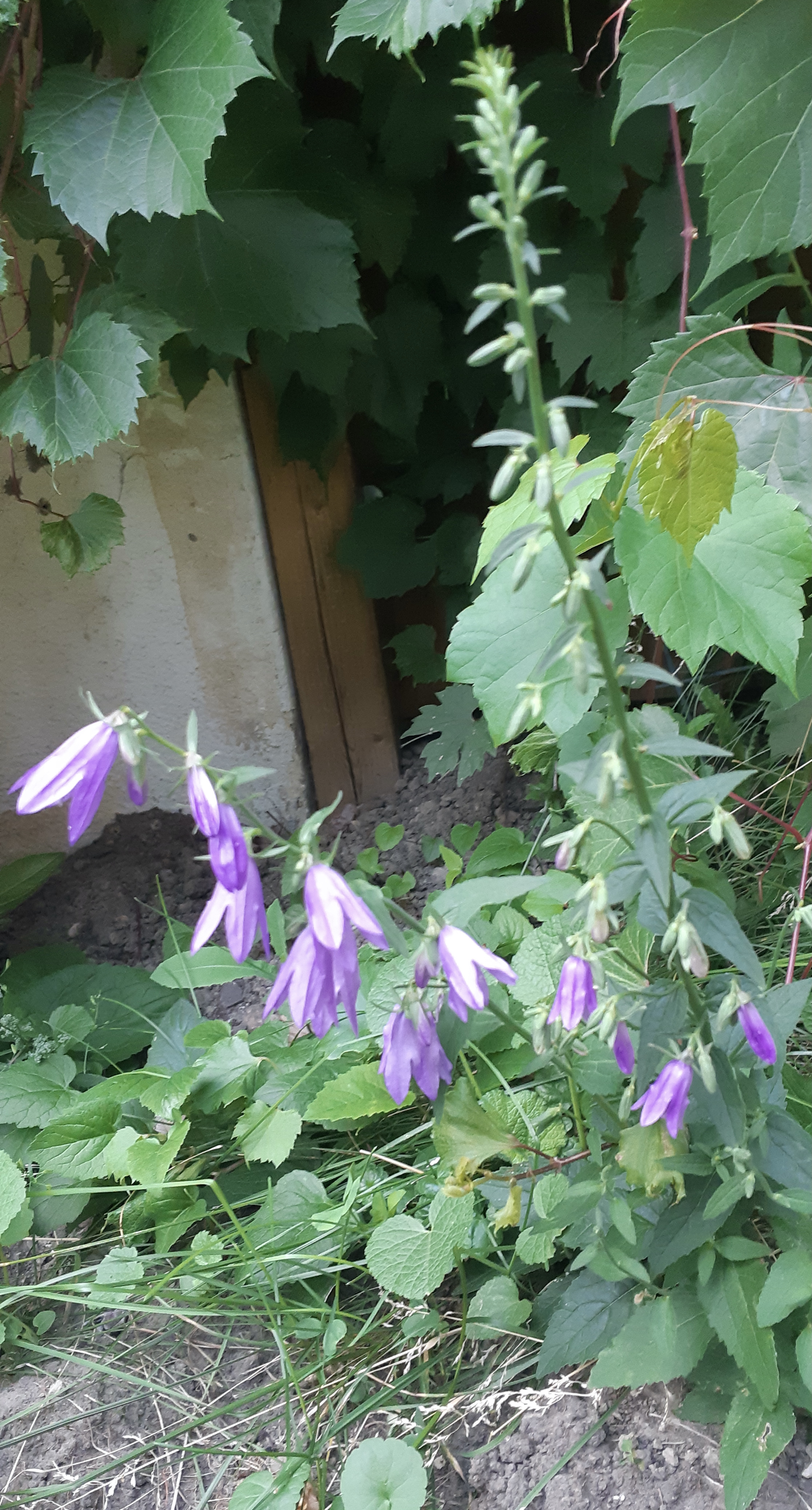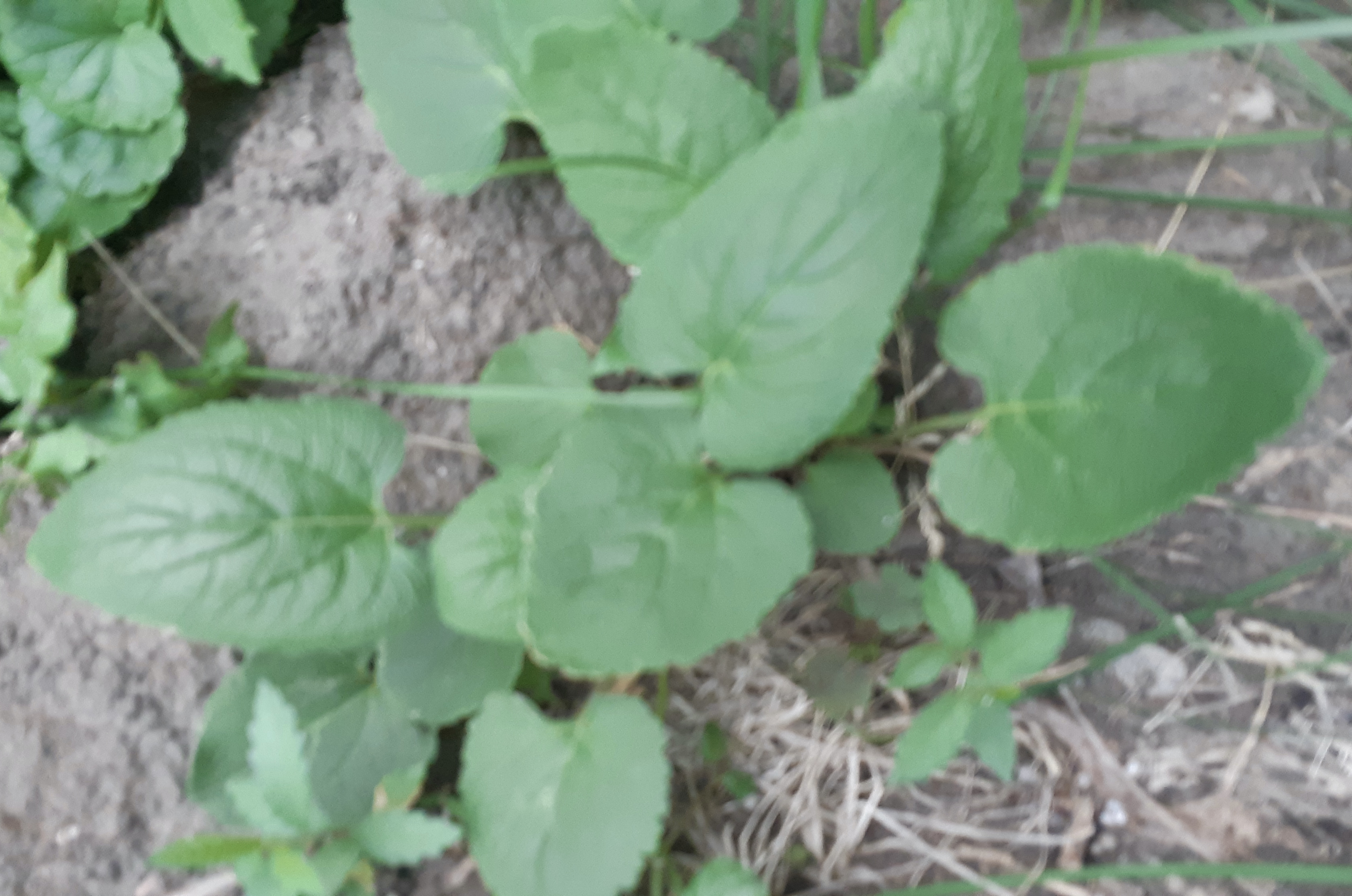
Creeping bellflower
Invasive and aggressive

Campanula rapunculoides
Don’t let the heart-shaped basal leaves and pretty blue flowers fool you – this is one tough weed and it will out-compete anything in your flowerbed. No wonder it ranks as a noxious weed in many parts of Canada.
The problem is this plant has two very powerful means of reproduction. First, it has thick, fleshy roots called rhizomes which spread and mat and crowd out other plants. Secondly, this plant produces thousands of seeds which remain viable in the soil for many years. There is no quick fix but you can be successful if you are vigilant.
Here’s how to cope in an existing garden:
- Pick the flowers so they don’t go to seed. They look nice in a vase.
- Loosen the soil and remove as many roots as you can. (Never rototill as every tiny bit of root will result in a new plant.) Be persistent – you may have to remove roots for several growing seasons.
- Seeds need light to germinate. A 4" - 6" layer of mulch will prevent seed germination.
- Apply mulch on top of the soil. How to choose and correctly apply mulch
- These tough roots will send up leaves even through mulch. Stay on top of that and remove the leaves as soon as they emerge - the smaller the better. No leaves mean no photosynthesis and that will weaken and eventually kill the remaining roots in the soil.
In a new garden bed:
If creeping bellflower is in an area where you want to create a new garden bed, then smothering the area with 12" of a woody arborist mulch will kill these plants if you leave the mulch in place for at least one year. After the smothering period, thin the mulch to a depth of 4" - 6" before you plant.
Sources:
Creeping bellflower. (n.d.). Alberta Invasive Species Council. Retrieved from https://abinvasives.ca/fact-sheet/creeping-bellflower/

